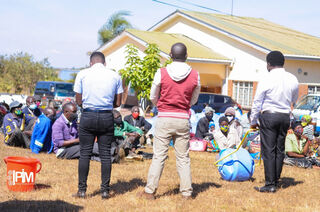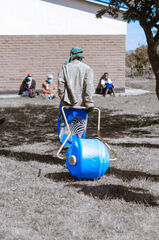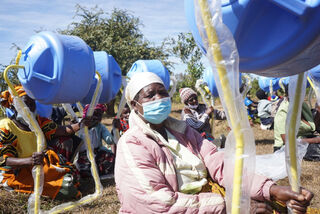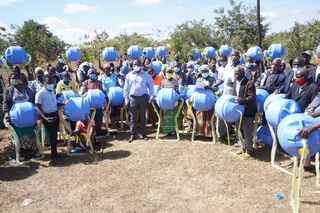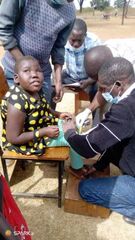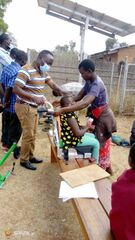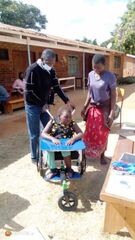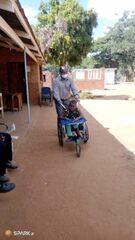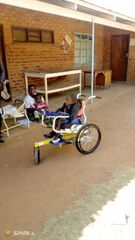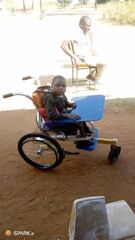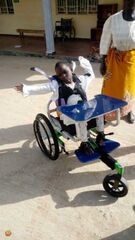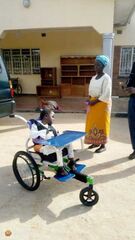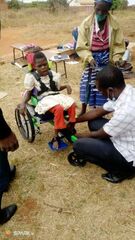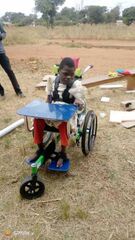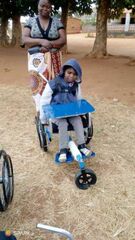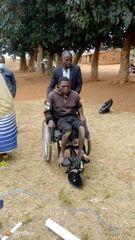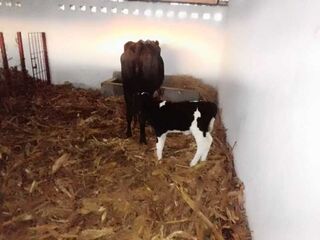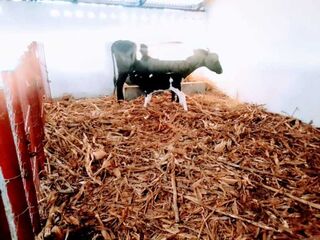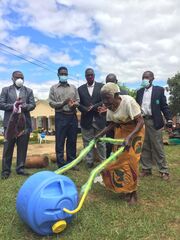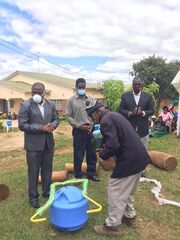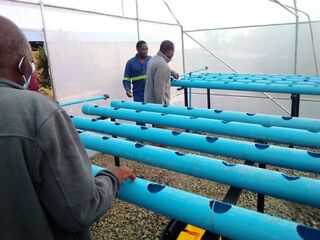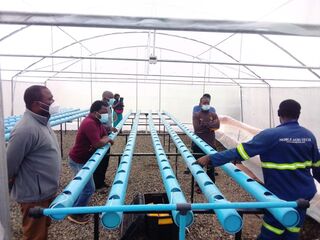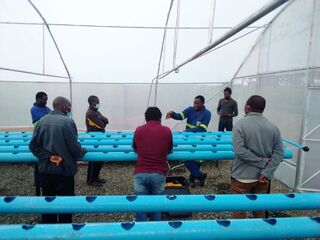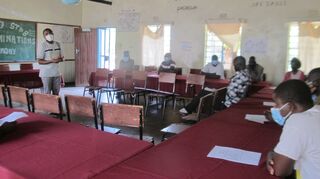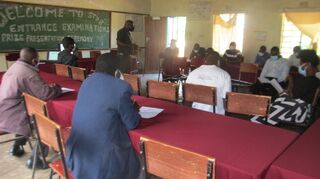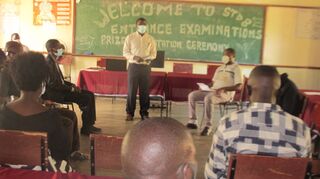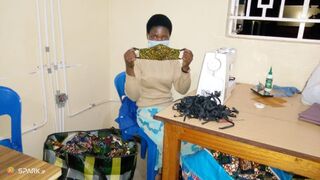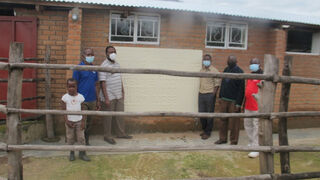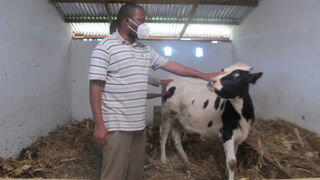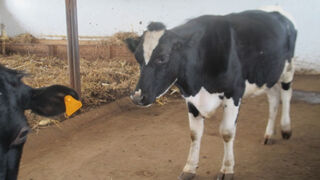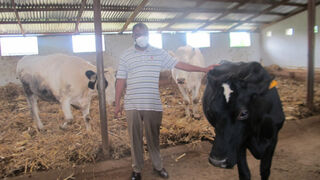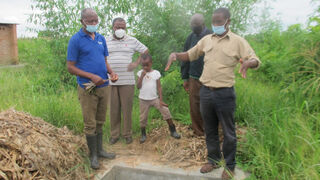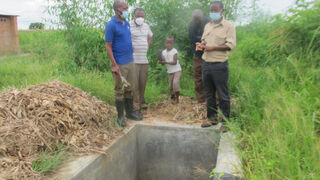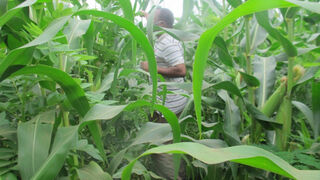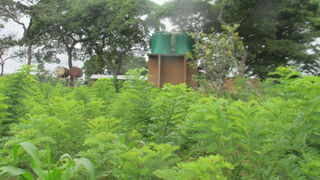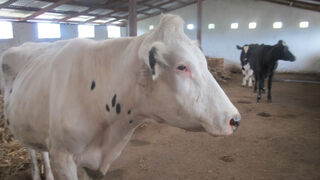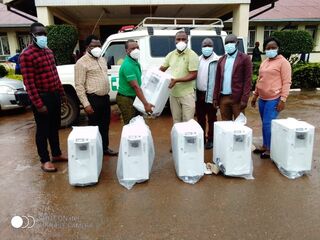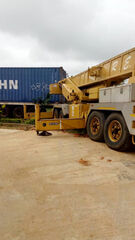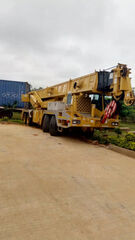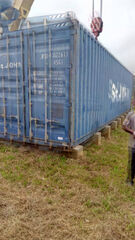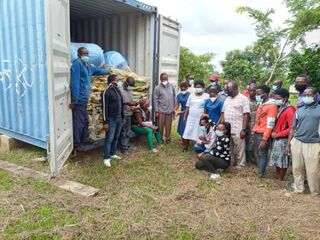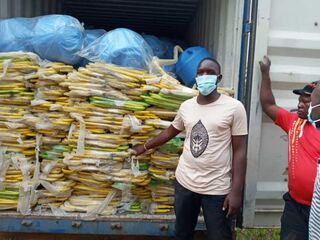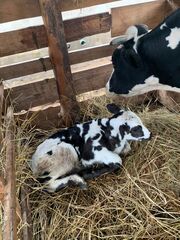Today, Peter writes to us about primary health care intervention against COVID-19.
Dear Brian,
I on behalf of K2 TASO am pleased to inform you that we have Today conducted first session of the above stated training which took place at Wimbe. This training attracted thirty five participants from various stakeholders like nurses, clinicians, faith based leaders, health surveillance assistant, police officers, traditional healers, area and village development committees representatives.
The training was officially opened by the Kasungu district environmental health officer. There were three facilitators for the training and some of the notable areas discussed were:
- Basic information and education on COVID-19 to the communities.
- Following up COVID-19 Cases.
- Funeral ceremony and Burial of COVID-19 dead body.
- Barriers affecting COVID-19 management.
- K2 TASO supportive efforts in promoting primary health care.
Following presentations, the participants had discussed more on the challenges faced by confirmed cases and other members of the population and some of them were:
- Lack of understanding on basic prevention measures against Covid-19 e.g. social; distance, used of face masks and frequent hand washing.
- Solution to this problem was to promote education on the basic preventive measures and an education task force against COVID-19 has been established during the meeting. Participants also emphasized that they would civic educate their subordinates to abide by the preventive measures against COVID-19.
- Lack of Food by some families because the person responsible for sourcing food is sick from COVID-19. We have such cases around and as the infected person is out of isolation place, he is at risk of spreading the disease.
- Solution made by participants was that relevant partners like K2 TASO should assist such patients with food items.
- Lack of Ideal Face Masks Use by COVID-19 confirmed cases in isolation: This is one of the challenges experienced.
- Solution- ensure consistence in the availability of N95 masks to the patients.
- Lack of hand-washing facilities- This is due to poverty and lack of understanding on the importance the hand-washing equipment.
K2 TASO PRIMARY HEALTH CARE COMMITMENTS AGAINST COVID-19
Following the sharing of challenges affecting management of COVID-19 as discussed during the training, I on behalf of K2 TASO management made the following commitments:
- Supporting the government PHC services in the target health centers so that there is proper follow up of patients, good education on COVID-19 by all stakeholders and ensure timely referral in case the patient’s condition is not improving while in home isolation.
- Nutrition Support only to confirmed poor households if the person responsible to source food has been affected by COVID and this means as K2 TASO we will provide some balanced died food items to such poor patients.
- Supply of hand washing materials to needy households having confirmed COVID-19 patients.
- In case of no Chlorine in government health centers (as is the case sometimes), K2 TASO will always supply it to help in various forms of decontamination..
- If the government is unable to provide consistent masks to the infected, affected and those at risk of the disease, K2 TASO has made the following responses:
- Supply of N95 masks to all confirmed COVID-19 patientsif at all they do not have this consistent mask supply from the government.
- Supply of reusable masks to other COVID-19 vulnerable members of the society like some needy inmates in hands of police, elderly and others. As I write this email we expect to have about 2400 masks produced from K2 TASO tailoring department.
- Support various programs aimed at sensitizing communities on COVID-19.
The trainings shall continue from next Monday to Wednesday benefitting St. Andrew’s hospital, Mtunthama health center, K2 TASO and Chamwavi health center.
Finally, I wish to thank BTM for your support towards this PHC program aimed at fighting against the pandemic.
Kind Regards,
Peter
Dear Brian and Bert,
As you might have seen in my yesterday’s report on PHC training, as one way of reducing the spread of Covid-19 we will be distributing reusable face masks to other people at risk of contracting the disease like inmates in hands of Police, elderly and others who cannot afford purchase of face masks because of poverty. This is part of our PHC program in regard to Covid-19 prevention.
As of next week we will have 2400 reusable cloth masks made from K2 TASO tailoring department.
The photos are for K2 TASO tailor, Esme Stone who was ideally employed for the Mooncatcher project but with the Covid-19 pandemic, K2 TASO agreed with the financiers of Mooncatcher project, Mooncatcher International of USA to assign Esme from tailoring reusable menstrual pads to reusable face masks.
In the photo Esme is demonstrating a cloth mask and herself doing the work.
In unity we will win the battle against Covid-19.
Best wishes to Hana, Cindy and the families. We are all fine.
Peter

